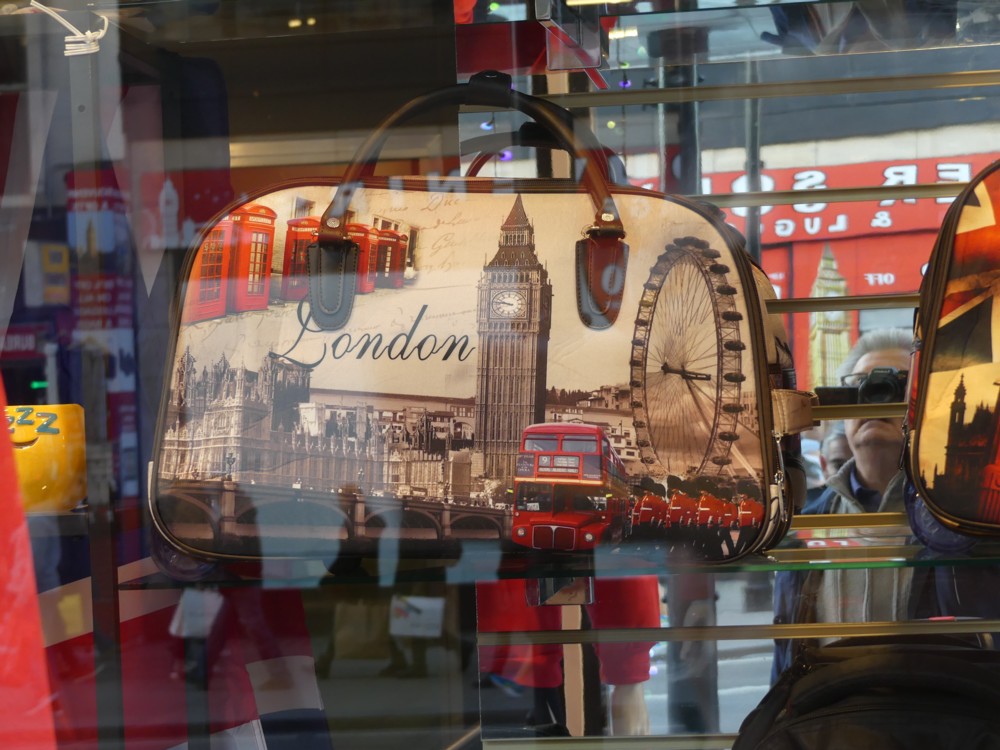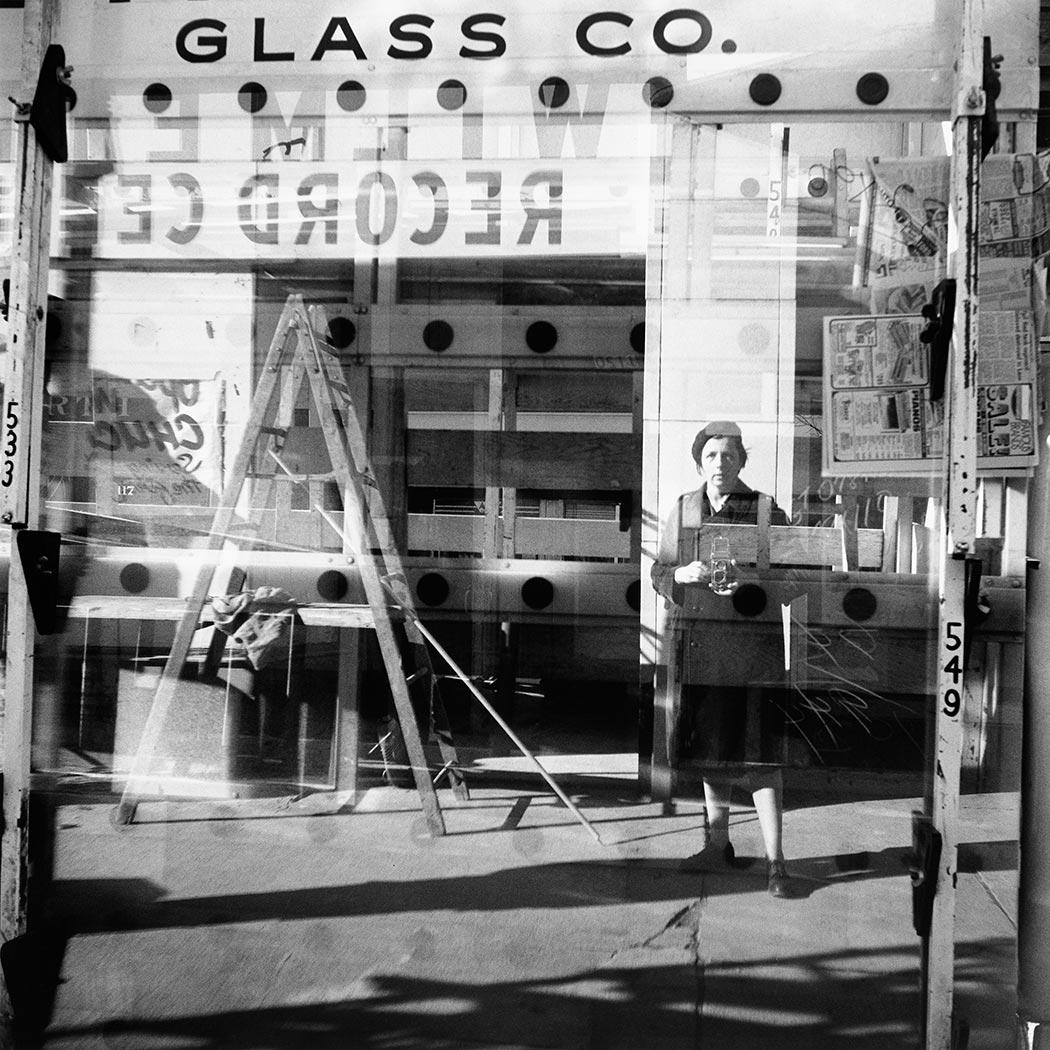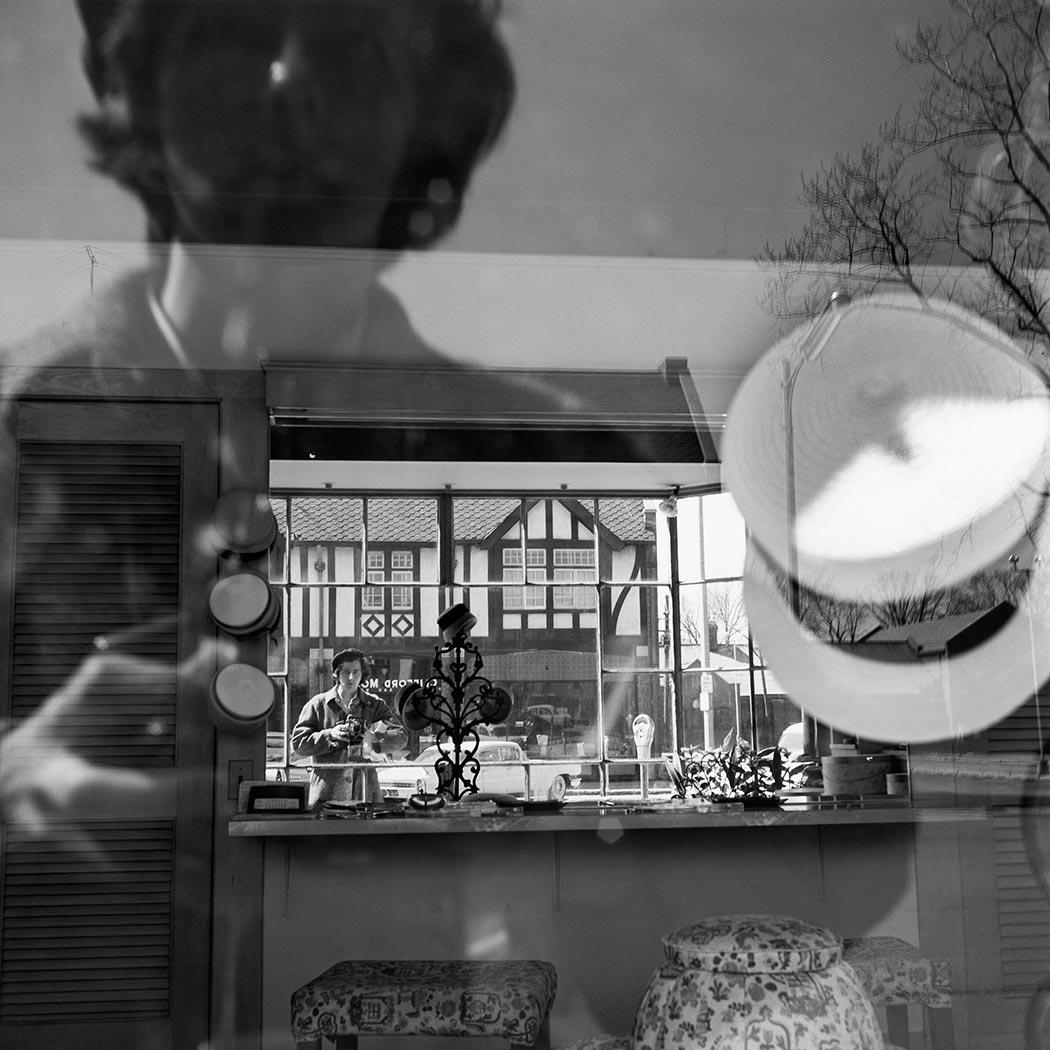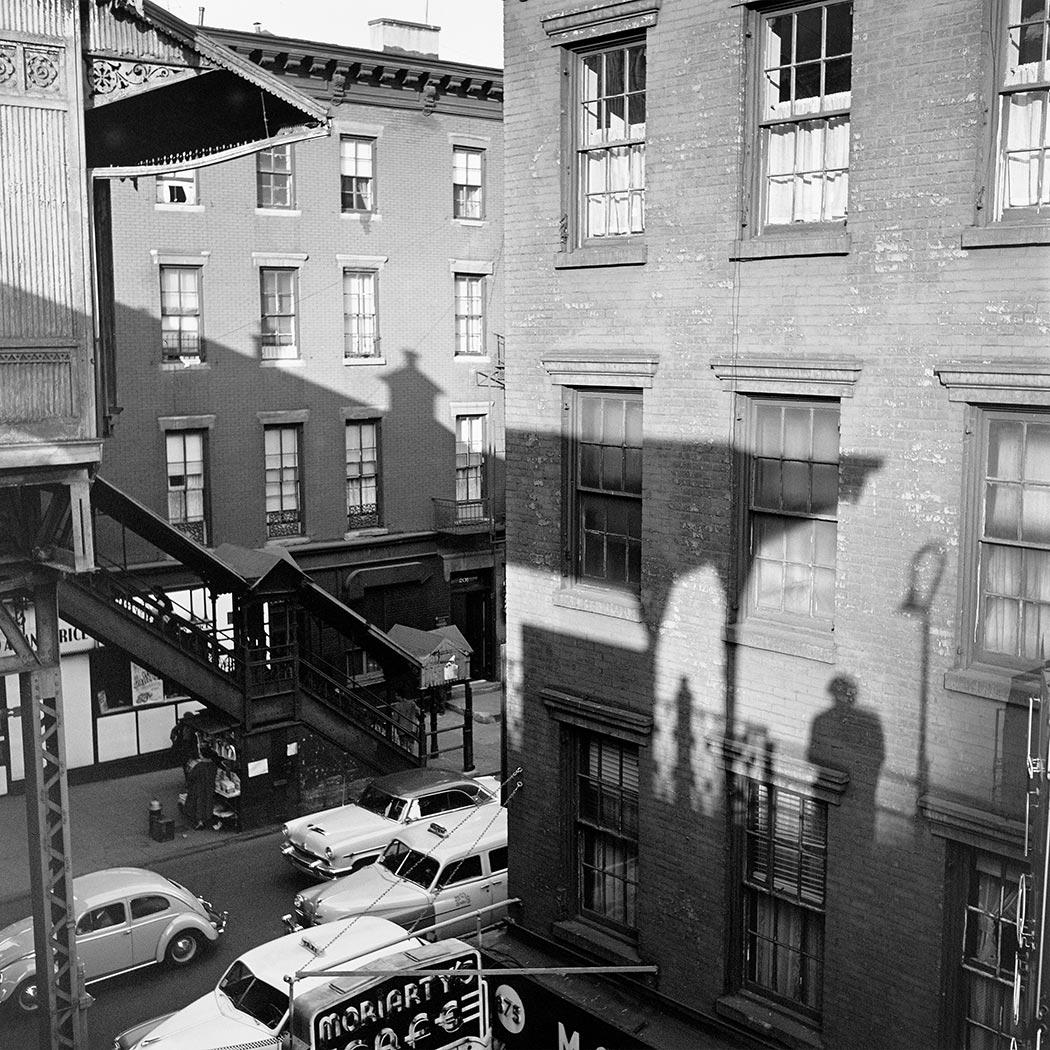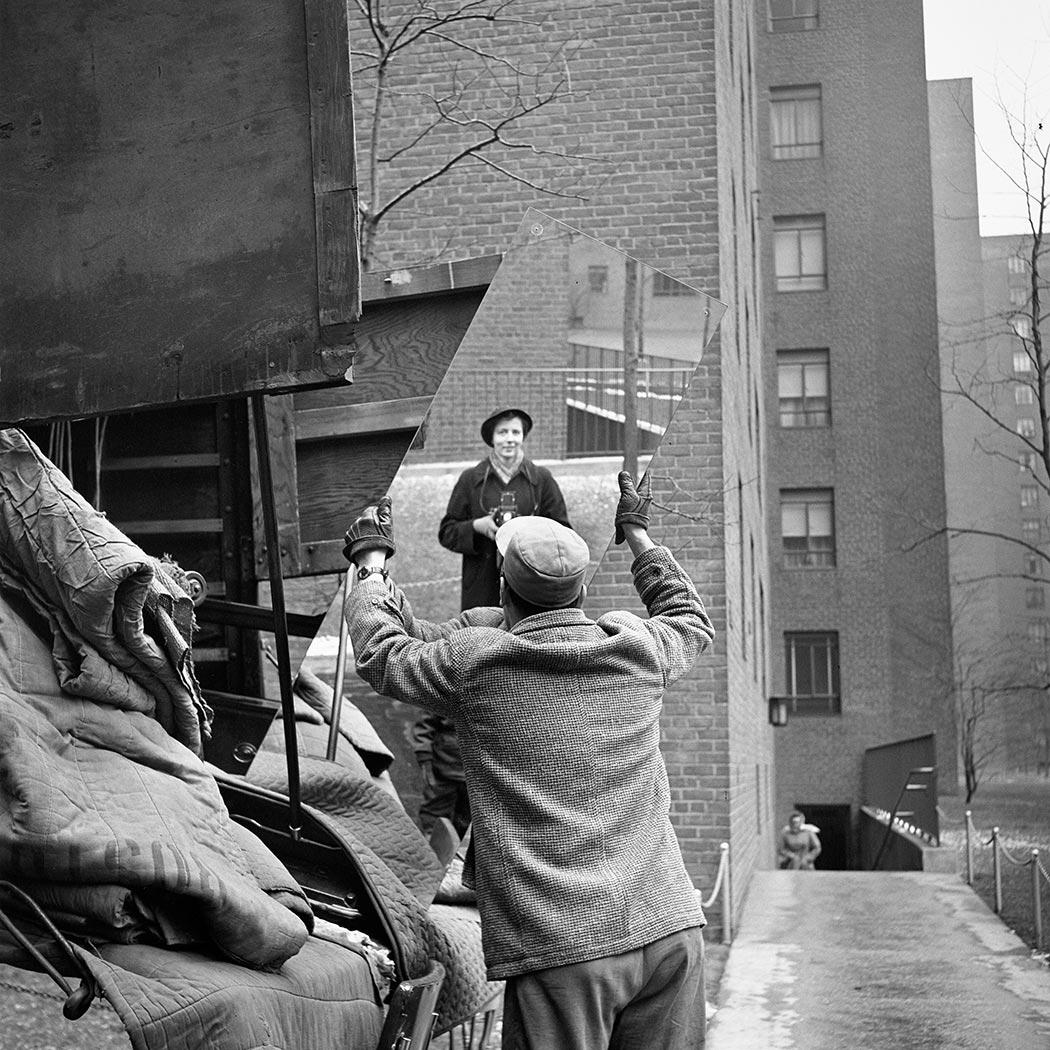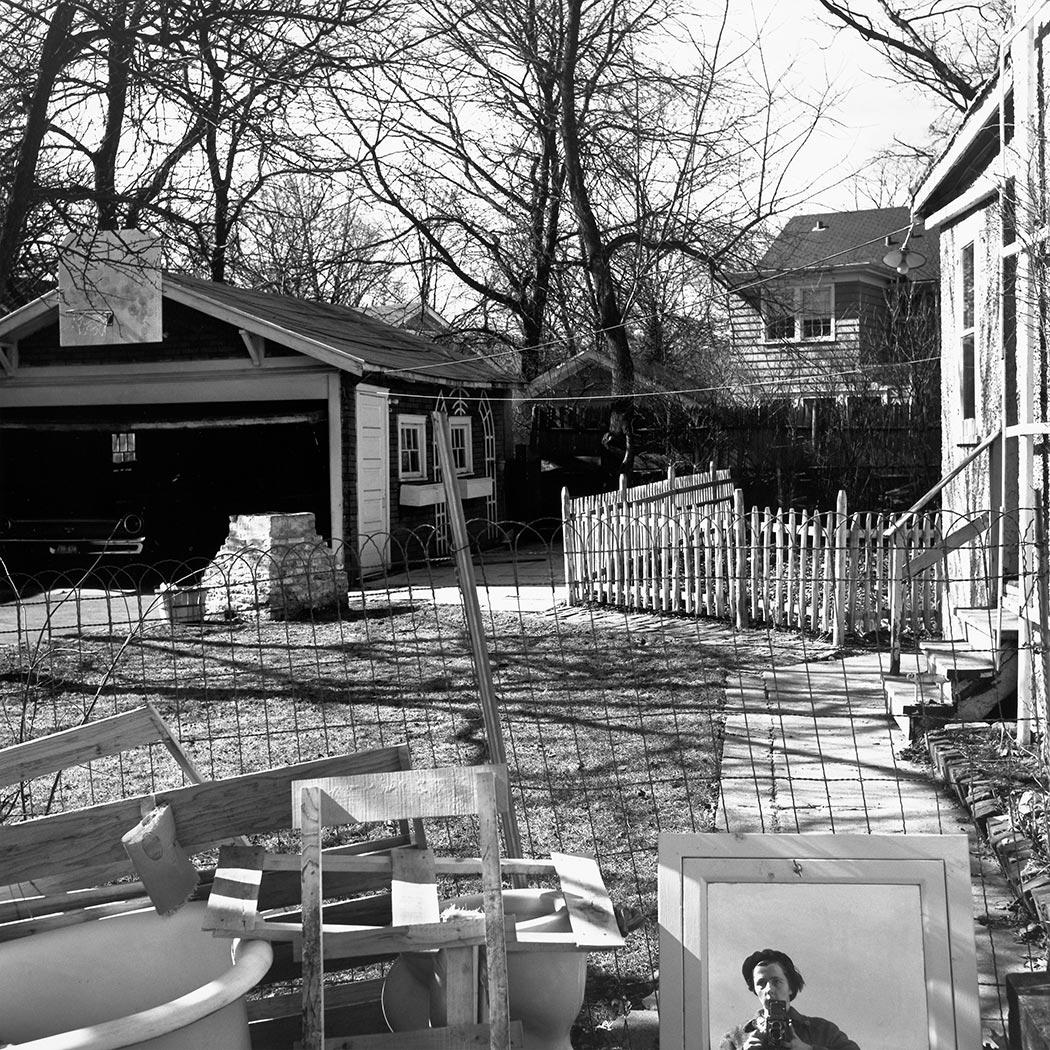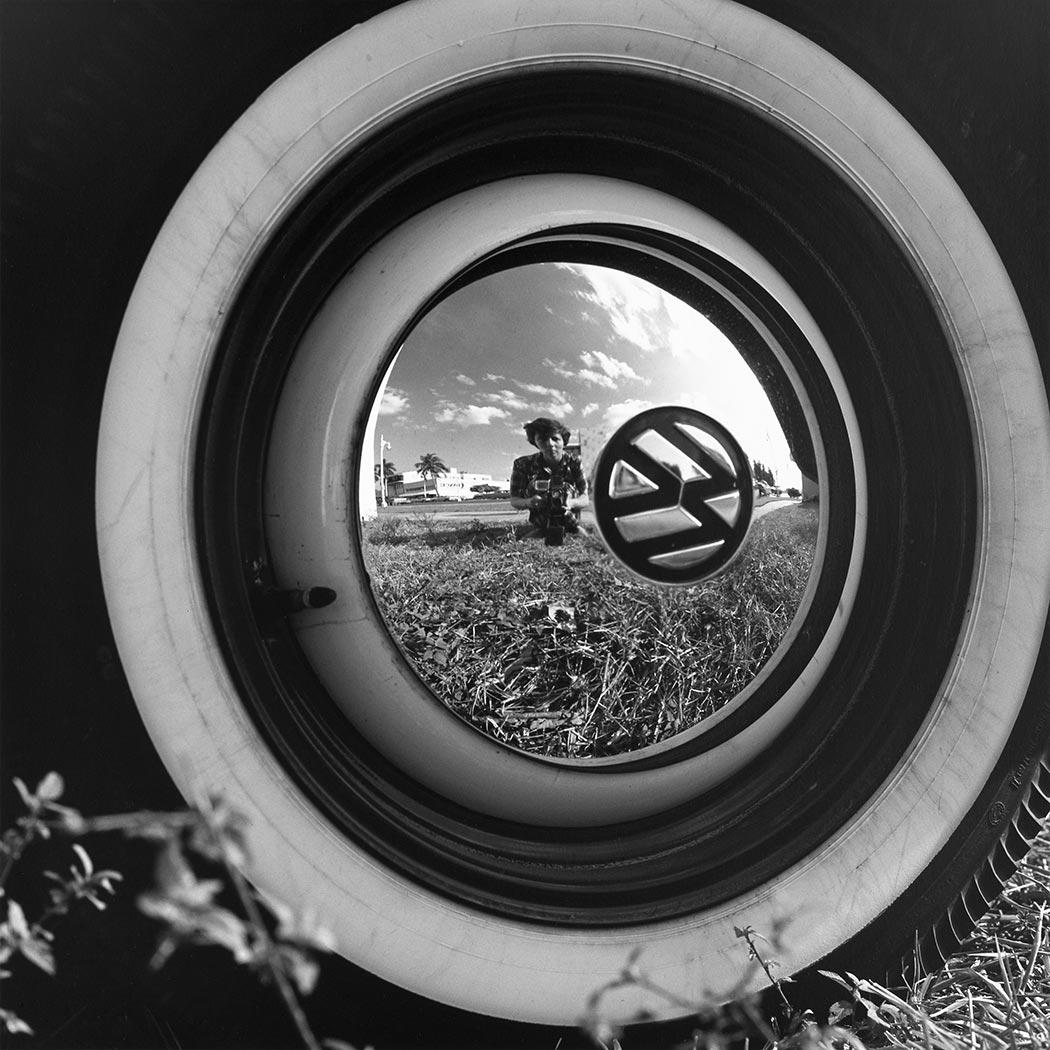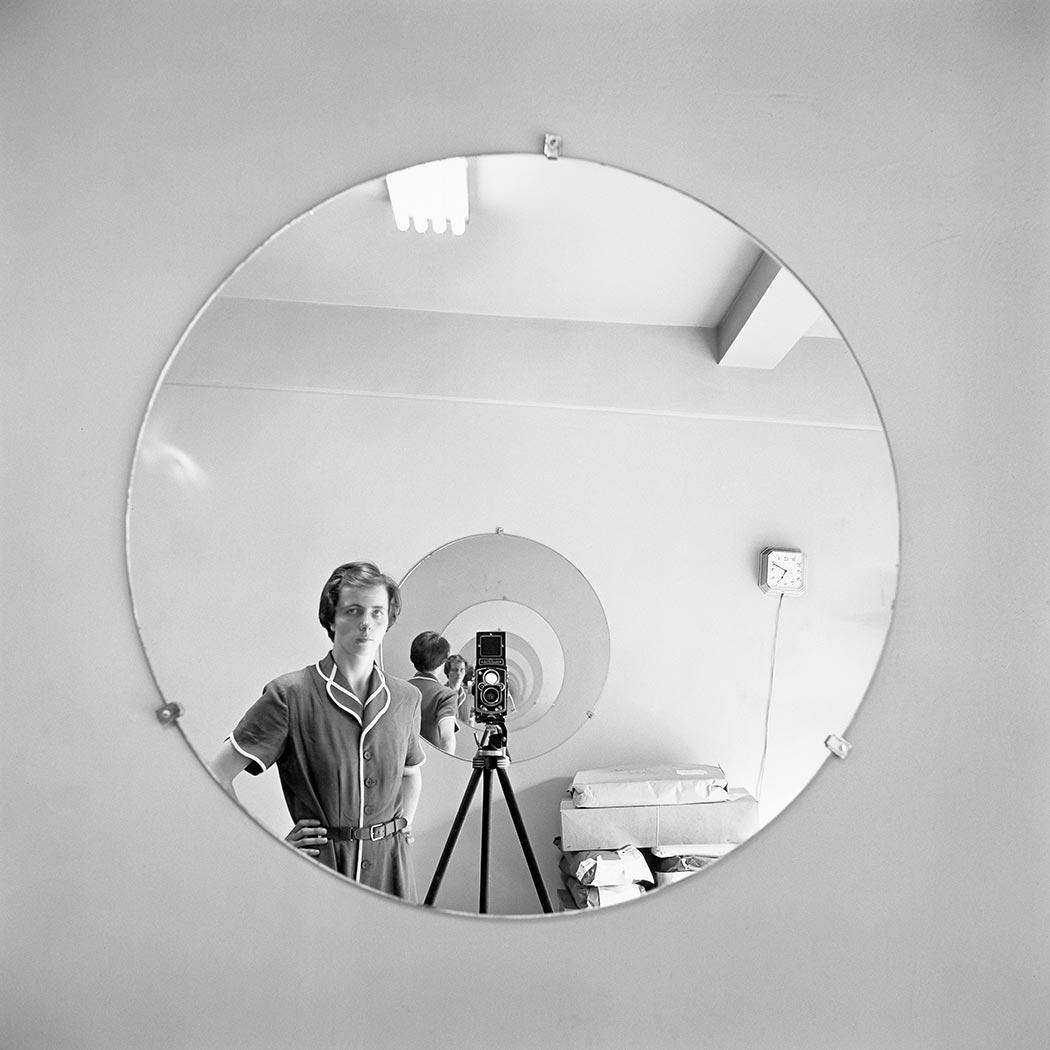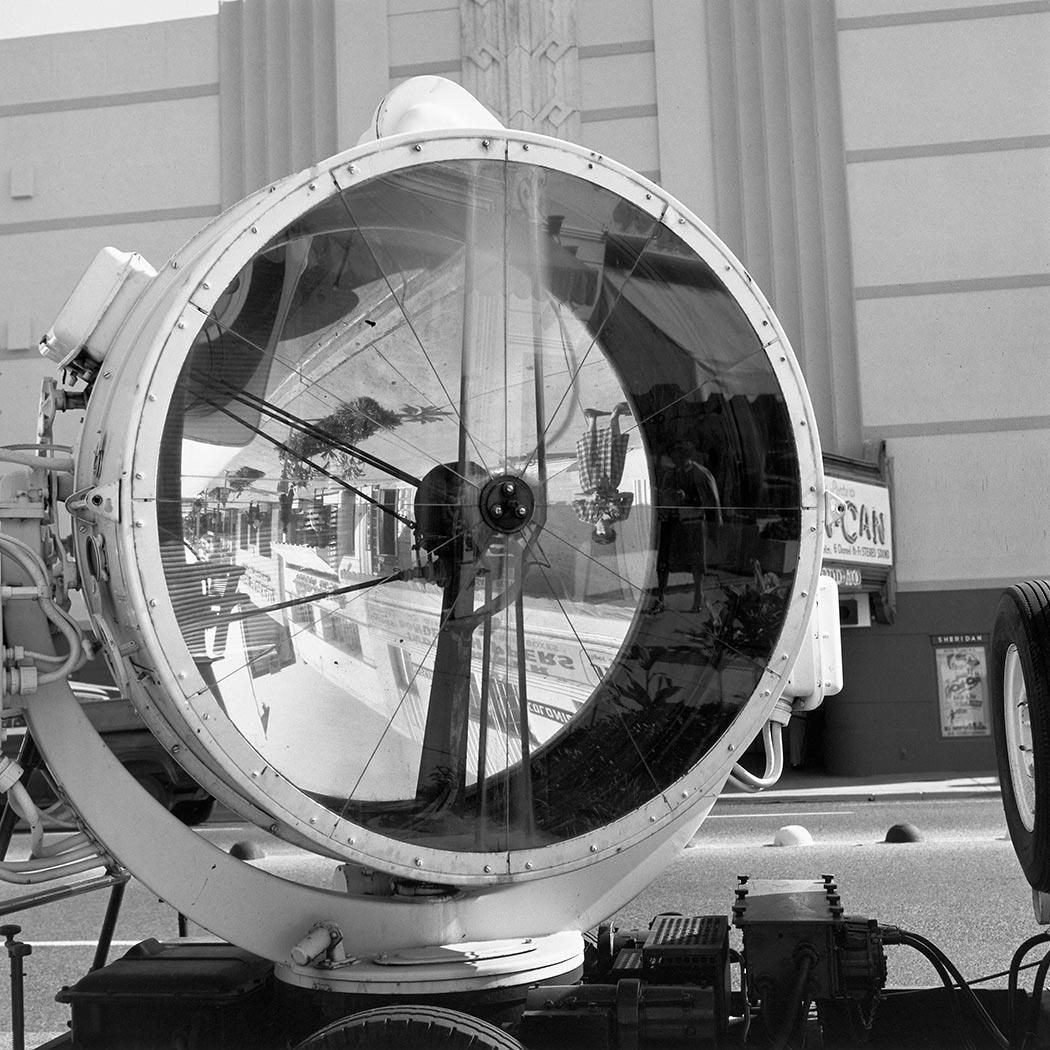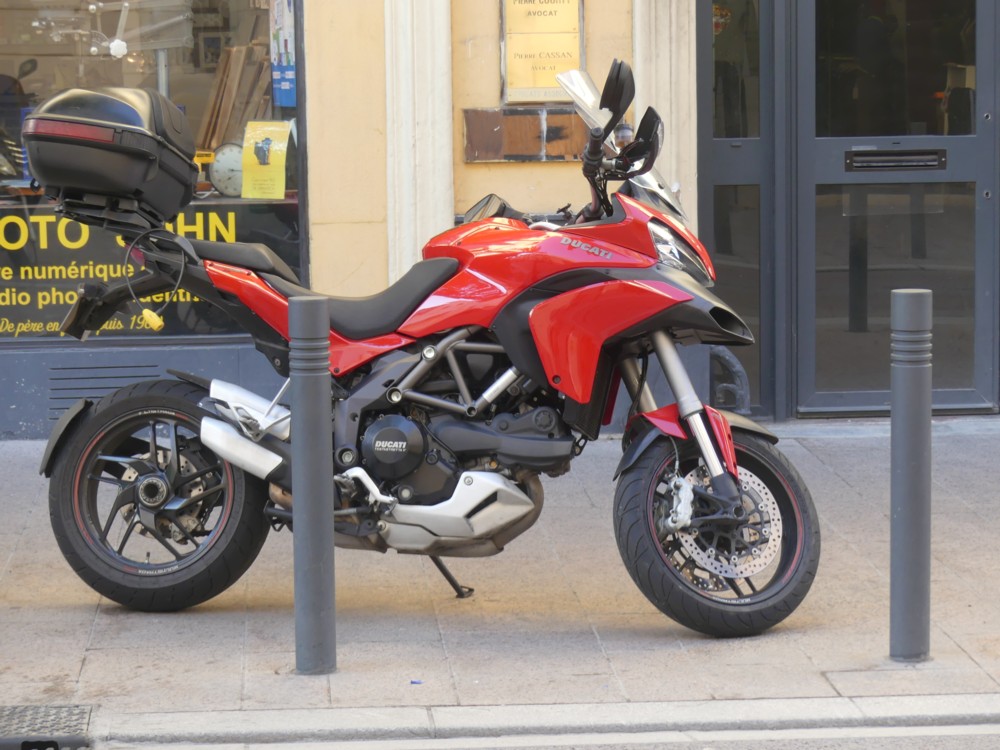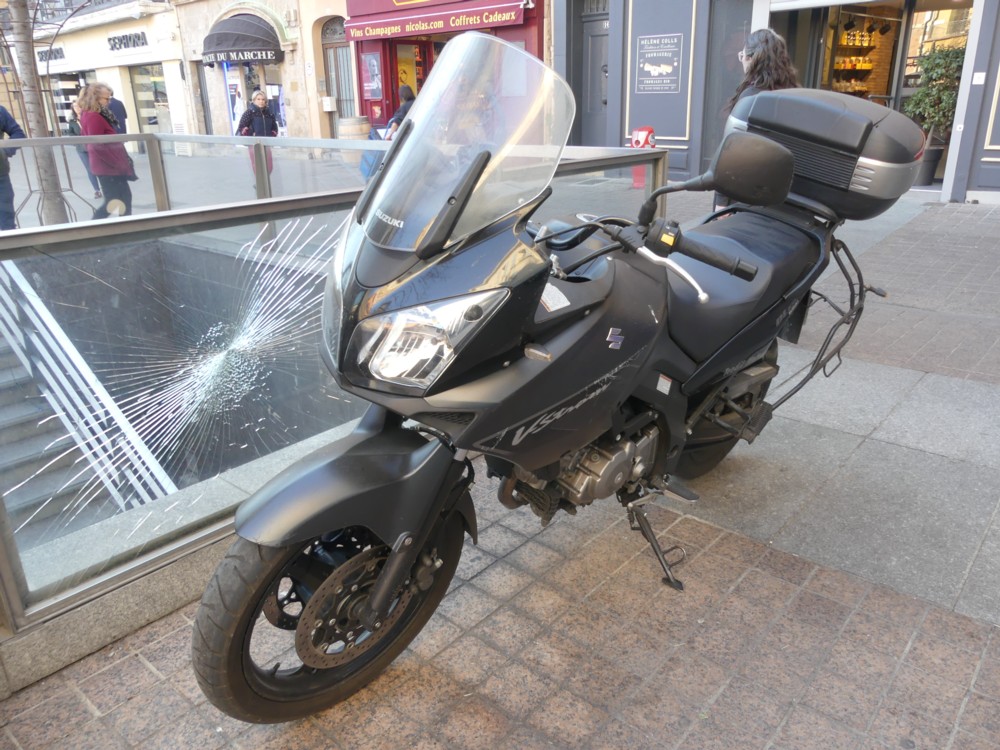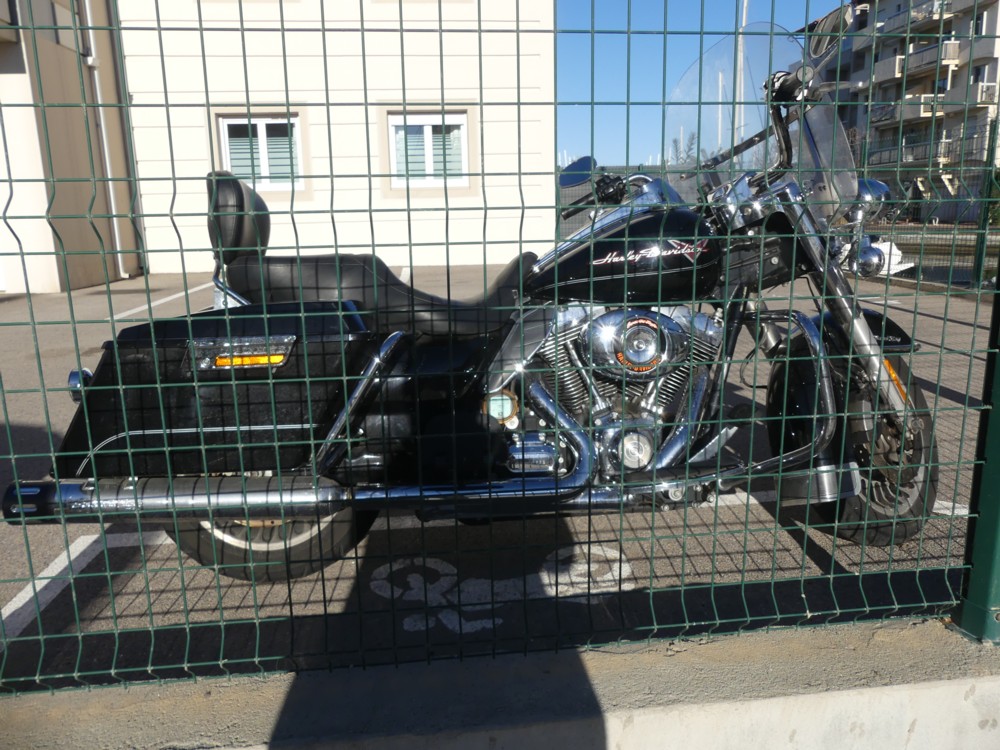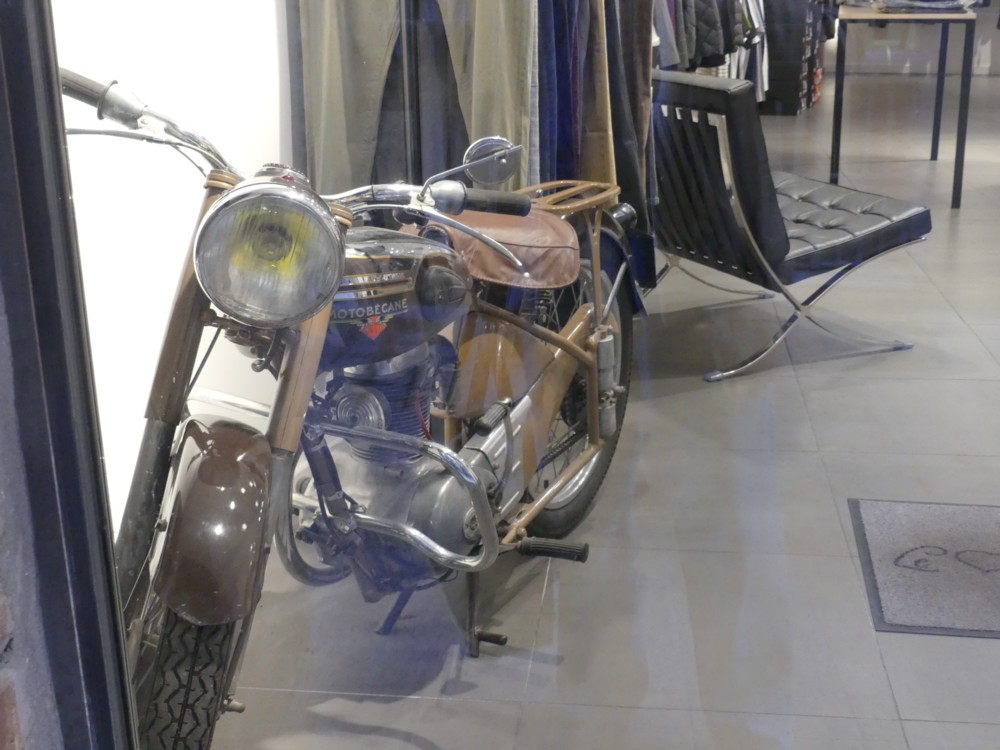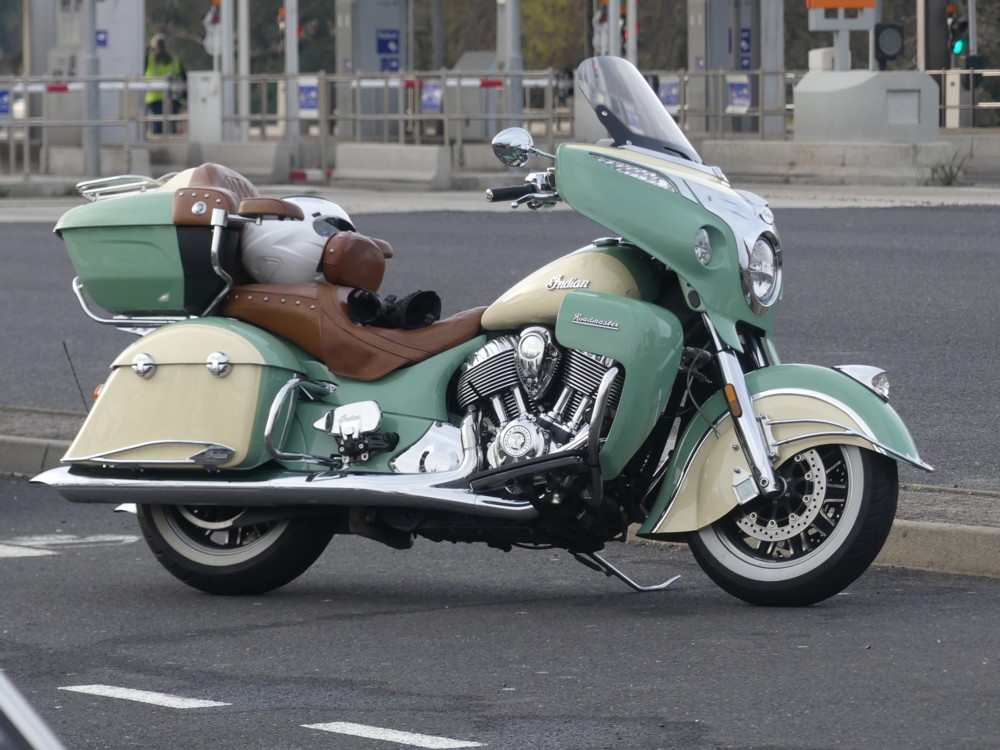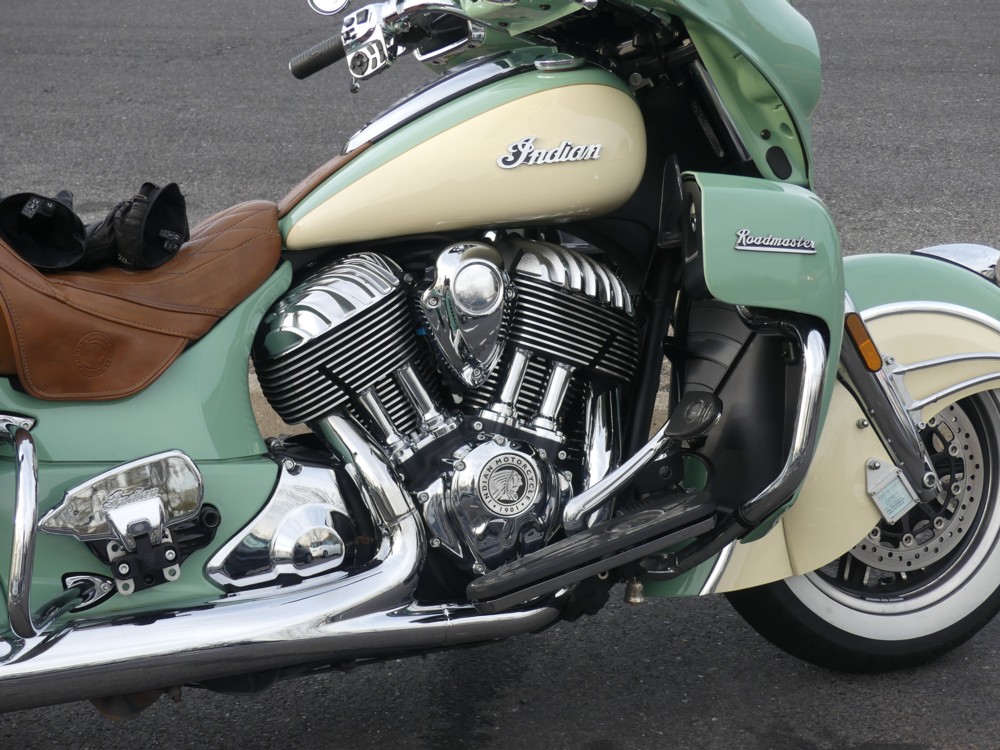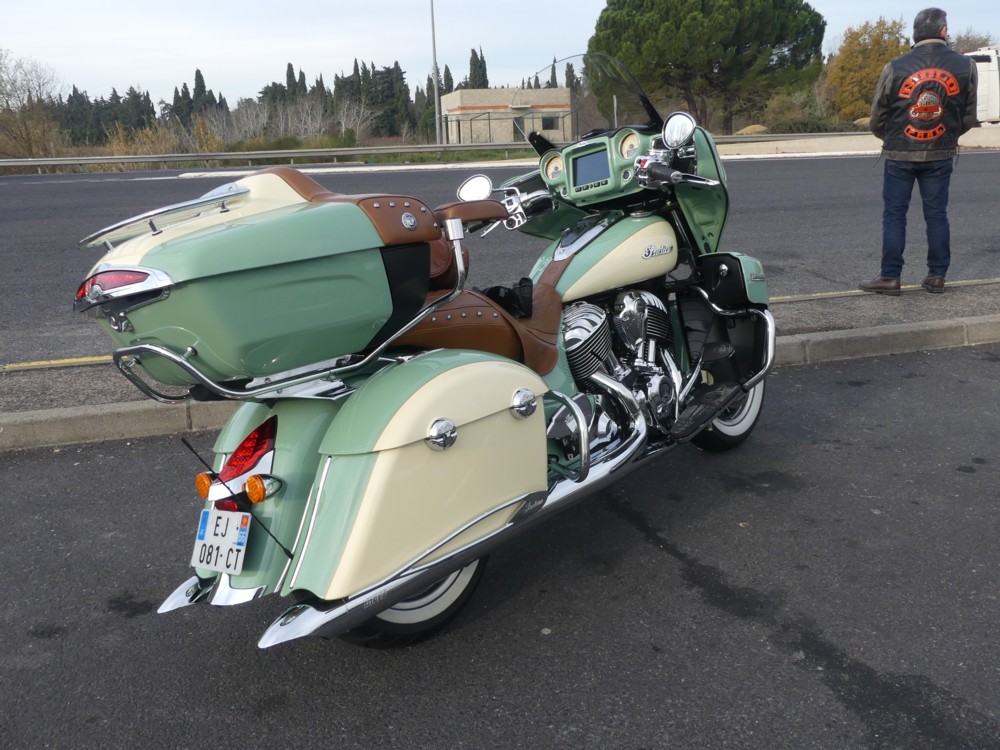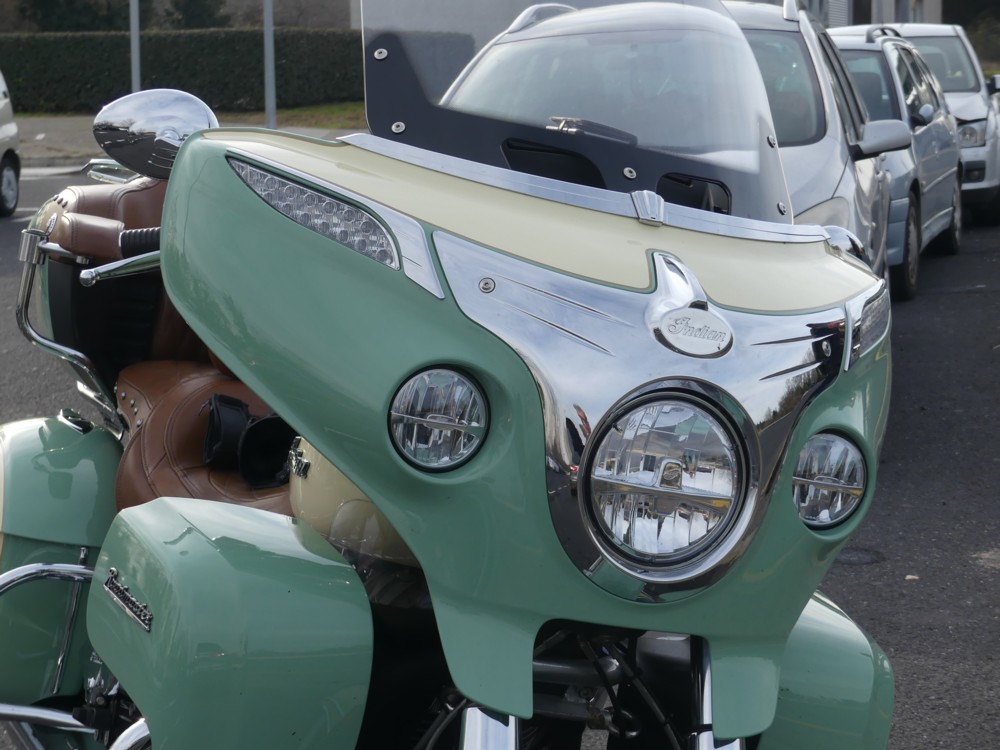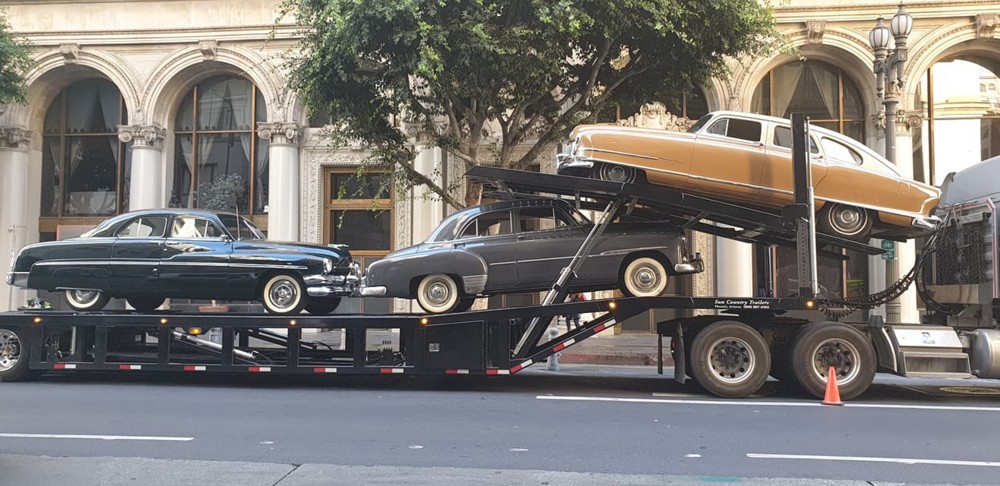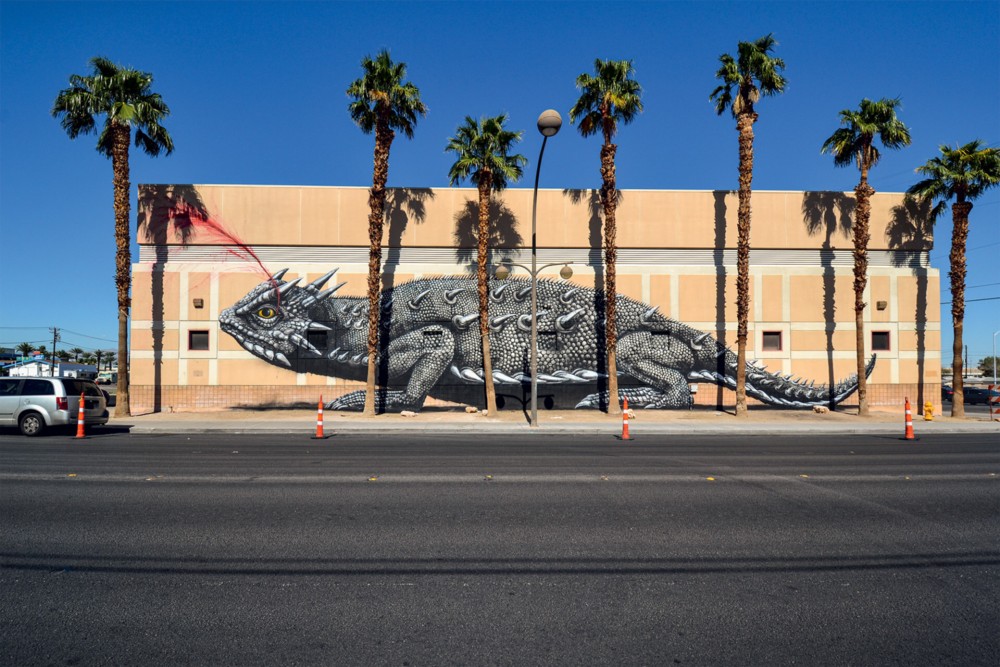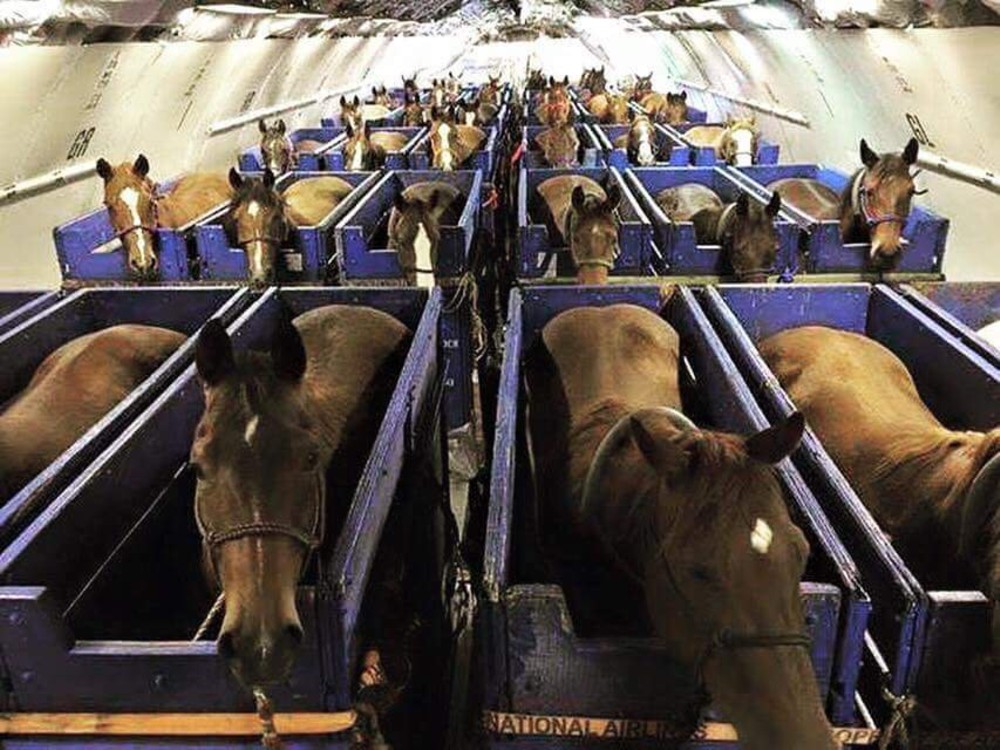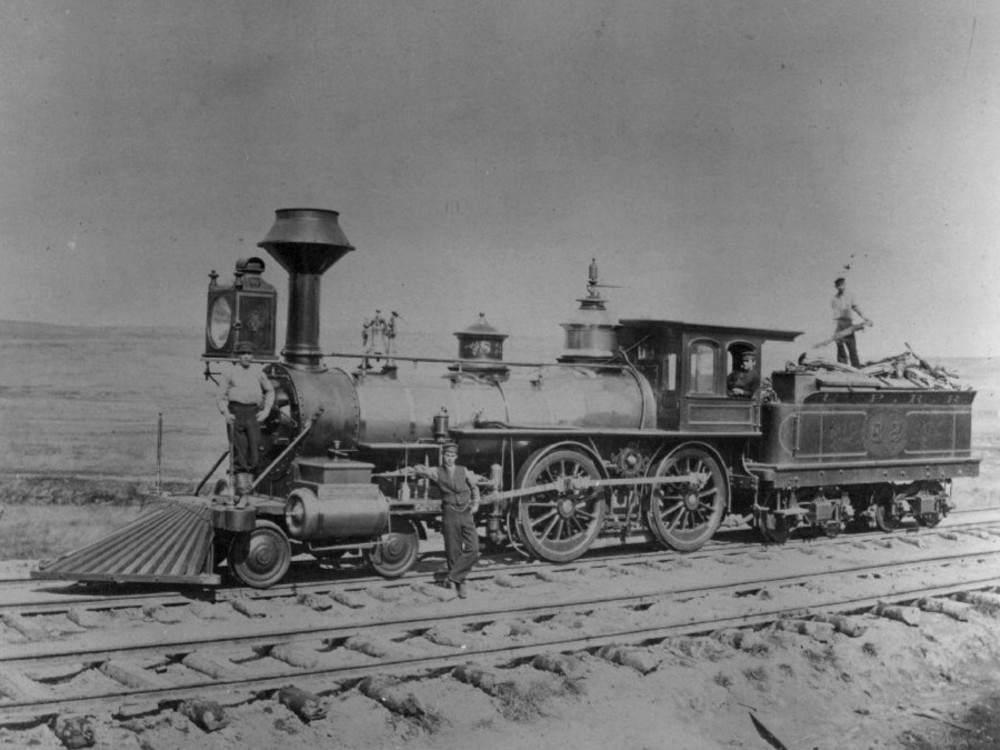Yes they do. Here are some I photoed on my recent trip to their country:
And here is a particularly interesting motorbike specimen, which I spotted inside a shop in Perpignan:
You see what they did there? They put a classic motorbike next to one of the great design classics of the twentieth century, the Barcelona Chair. What this says to me is: This motorbike is a work of art also. My photos are not works of art, on account of unwanted reflections, but they make the point I’m making well enough.
The best motorbike I encountered, and photoed with its owner’s proud permissions, was this one, photoed right at the end of my stay, while being driven back to Carcassone Airport:
The nearest thing to this bike I could find on the www was this. Not a perfect match, but an exact match on the colour scheme front.
I like to think that the French see something philosophical, Sartrian, existentialist, in their bikes. What with you riding a motorbike, today could be your last day alive! So climb on your bike and find your true self! Or something. I put this or something like it to a friend earlier this evening, and she said maybe they like bikes because unlike us lot here, they have roads which you can really ride motorbikes on properly. Sadly, I think that makes more sense.

